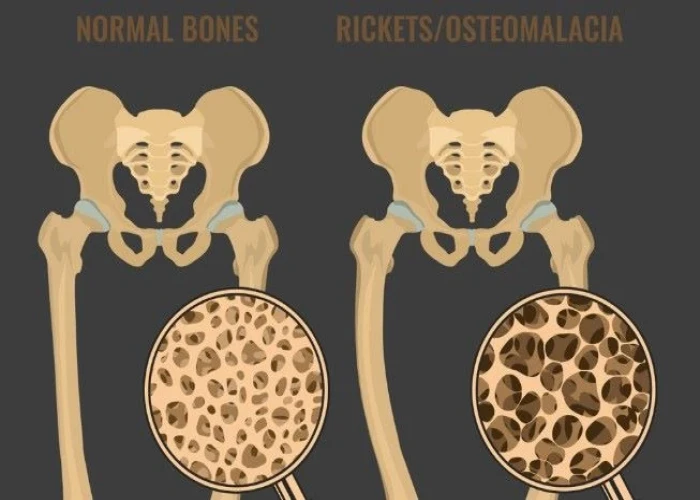 Welcome
Welcome
“May all be happy, may all be healed, may all be at peace and may no one ever suffer."
Osteomalacia
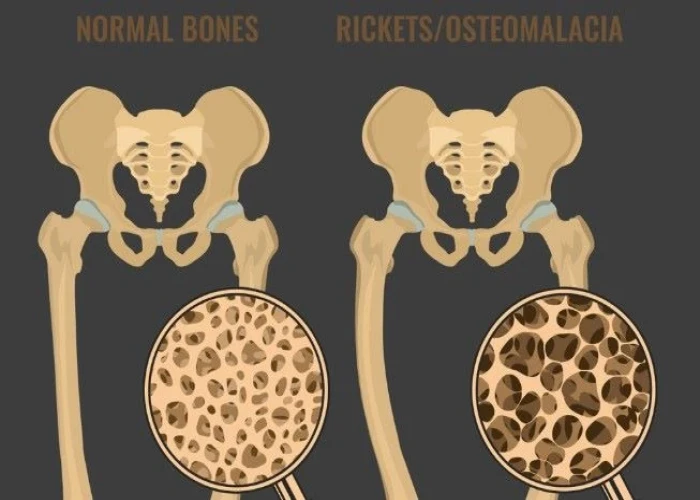
Osteomalacia is a condition in which the bones become soft and weak due to a deficiency of vitamin D or problems with its metabolism. This can cause bone pain, muscle weakness, and an increased risk of fractures.
Vitamin D plays a crucial role in regulating the amount of calcium and phosphate in the body, which are essential for the formation and maintenance of healthy bones. A deficiency of vitamin D can result in a condition known as rickets in children and osteomalacia in adults.
Risk factors for osteomalacia include a lack of exposure to sunlight, a diet low in vitamin D, certain medical conditions such as celiac disease or kidney disease, and certain medications that may interfere with vitamin D absorption or metabolism.
Symptoms of osteomalacia may include:
- Bone pain, particularly in the hips, legs, and lower back
- Muscle weakness, particularly in the legs
- Difficulty walking or standing
- Bone deformities or fractures
Diagnosis of osteomalacia may involve a physical exam, blood tests to measure levels of vitamin D and calcium, and imaging tests such as X-rays or bone scans to evaluate bone density and structure.
Treatment of osteomalacia typically involves vitamin D and calcium supplementation, as well as treating any underlying medical conditions that may be contributing to the deficiency. In some cases, physical therapy or surgery may be necessary to address bone deformities or fractures.
Prevention of osteomalacia may involve maintaining a healthy diet that is rich in vitamin D and calcium, getting regular exposure to sunlight, and avoiding medications or medical conditions that may interfere with vitamin D metabolism.
Research Papers
Disease Signs and Symptoms
- Bone pain
- Low bone density (Fragile bones)
- Weakened bone (osteoporosis)
Disease Causes
Osteomalacia
Osteomalacia results from a defect in the bone-maturing process. Your body uses the minerals calcium and phosphate to help build strong bones. You might develop osteomalacia if you don't get enough of these minerals in your diet or if your body doesn't absorb them properly. These problems can be caused by:
- Vitamin D deficiency. Sunlight produces vitamin D in your skin. Dietary vitamin D is usually from foods to which the vitamin has been added, such as cow's milk.
- People who live in areas where sunlight is limited, get little exposure to sunlight or eat a diet low in vitamin D can develop osteomalacia. Vitamin D deficiency is the most common cause of osteomalacia worldwide.
- Certain surgeries. Normally, the stomach breaks down food to release calcium and other minerals that are absorbed in the intestine. This process is disrupted if you have surgery to remove part or all of your stomach or to bypass your small intestine and can result in vitamin D and calcium deficiency.
- Celiac disease. In this autoimmune disorder, foods containing gluten, a protein found in wheat, barley and rye, can damage the lining of your small intestine. A damaged intestinal lining doesn't absorb nutrients well, and can lead to vitamin D and calcium deficiency.
- Kidney or liver disorders. These organs are involved in activating vitamin D in your body. Problems with your kidneys or liver can affect your body's ability to make active vitamin D.
- Drugs. Some drugs used to treat seizures, including phenytoin (Dilantin, Phenytek) and phenobarbital, can cause severe vitamin D deficiency and osteomalacia.
Disease Prevents
Osteomalacia
Osteomalacia caused by inadequate sun exposure or a diet low in vitamin D often can be prevented by getting enough vitamin D.
- Eat foods high in vitamin D. Foods naturally rich in vitamin D include oily fish (salmon, mackerel, sardines) and egg yolks. Also look for foods fortified with vitamin D, such as cereal, bread, milk and yogurt.
- Take supplements, if needed. If you don't get enough vitamins and minerals in your diet or if you have a medical condition that keeps your digestive system from absorbing nutrients properly, ask your doctor about taking vitamin D and calcium supplements.
Unprotected sun exposure can increase your risk of skin cancer. There's no consensus among experts about what amount of sun exposure is safe and enough to prevent or treat osteomalacia.
Disease Treatments
Fortunately, getting enough vitamin D through oral supplements for several weeks to months can cure osteomalacia. To maintain normal blood levels of vitamin D, you'll likely have to continue taking the supplements.
Your health care provider might also recommend that you increase your calcium or phosphorus intake, either through supplements or diet. Treating conditions that affect vitamin D metabolism, such as kidney and liver disease or low phosphate levels, often helps improve the signs and symptoms of osteomalacia.
Disease Diagnoses
Disease Allopathic Generics
Disease Ayurvedic Generics
Disease Homeopathic Generics
Disease yoga
Osteomalacia and Learn More about Diseases
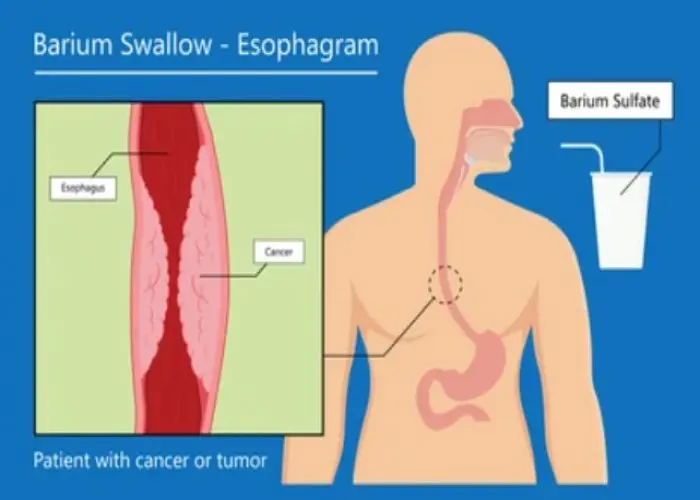
Barrett's esophagus

Erysipelas
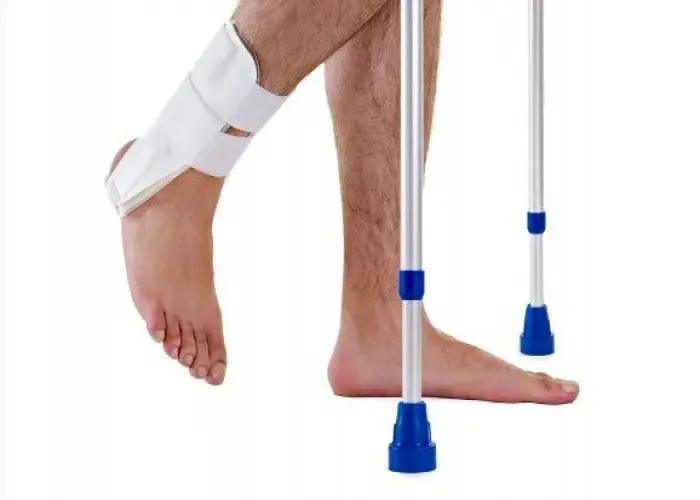
Foot drop
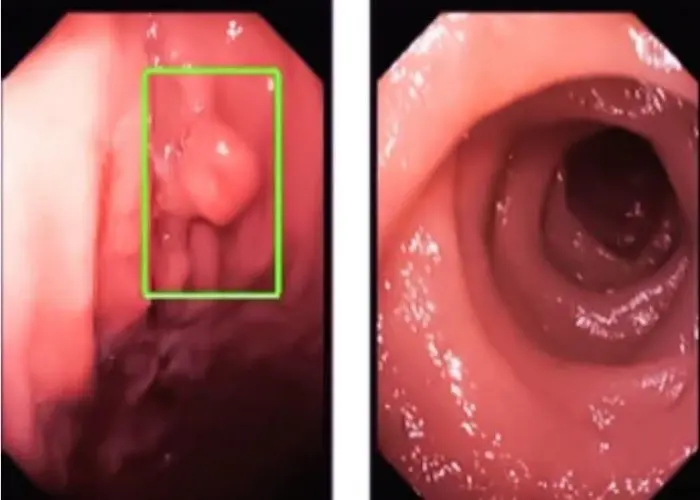
Colon polyps
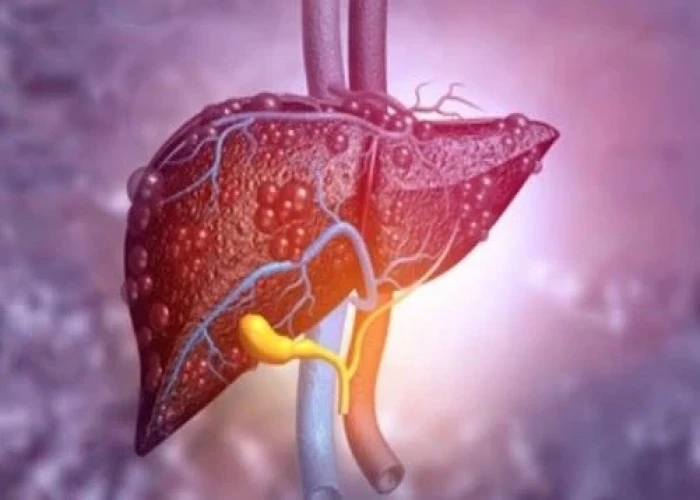
Primary sclerosing cholangitis

Hurthle cell cancer

Neurofibromatosis
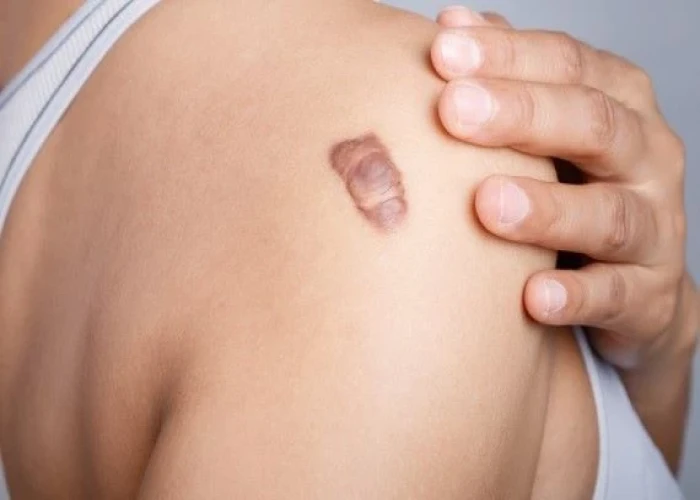
Keloid scar
osteomalacia, অস্টিওমালাসিয়া
To be happy, beautiful, healthy, wealthy, hale and long-lived stay with DM3S.
